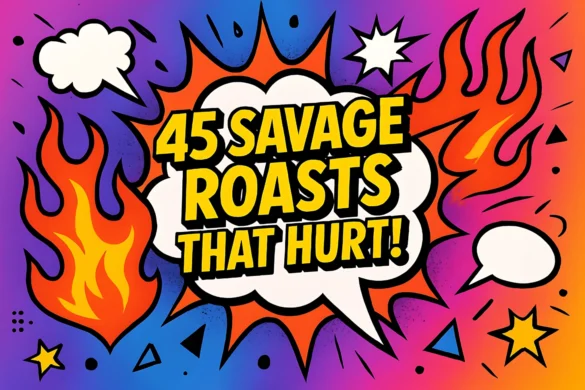Crafters know that if you want to create something great, you need to use quality notions when sewing. The final product is highly dependent upon the tools and materials used in production. Quality sewing supplies make the difference between a project that lasts years and one that falls apart after just a few uses.
In this guide, learn how to assess the quality of the sewing notion and help every project reach its fullest potential. Understanding what to look for in each type of notion will save you time, money, and frustration while ensuring professional-looking results.

Understanding Sewing Notions
Sewing notions are all of the little tools and accessories that you need for almost every sewing project. That can be needles, threads, buttons, zippers, and more. Each of them has an essential role in the sewing process, which influences the look and the service life of the finished item.
Importance of Quality
Good sewing notions can extend the life of a project by making it look and perform better. Cheap materials can be frustrating because they can break or fray quickly. You can achieve trouble-free stitching and professional results by investing in better quality notions.
Evaluating Needles
The backbone of every sewing job is needles. When checking quality, consider both the material and the finish. Choose stainless steel or nickel-plated needles for strength and corrosion resistance. A well-polished needle slides easily through fabric and reduces the chances of creating snags or pulls.
Assessing Thread
Seam strength and appearance are directly affected by the thread you select. Look for 2-ply or longer staple fiber threads for durability and a smooth finish. Consistent thickness and colorfastness are also signs of good quality. High-quality thread helps reduce breakage and fading over time, ensuring your projects maintain their appearance.
Buttons and Fasteners
Both buttons and fasteners serve decorative as well as functional purposes. Well-constructed buttons are created with strong materials like resin or metal, and they resist wear and tear. Check the finish—a durable, chip-resistant surface suggests longevity. Quality fasteners should operate smoothly without losing tension over repeated use.
Zippers
There are many types of zippers, each suitable for different applications. According to the Consumer Product Safety Commission, proper zipper construction is essential for garment safety and functionality. Metal zippers are sturdy, while nylon and plastic types offer flexibility. Look at the teeth alignment and the smoothness of the slider. A good zipper runs cleanly and smoothly without snagging on fabric.
Measuring Tools
Good projects rely primarily on accurate measurements. Quality measuring tools should be durable and easy to read rather than flimsy. Search for non-stretch materials and clear markings. Precise measurement instruments lead to better-fitting garments and correct pattern execution.
Pins and Clips
A wide variety of pins and clips is used to temporarily hold pieces in place while sewing. Sharpness and strength are significant criteria for judging pins. Good pins pierce through fabric with ease and won’t bend during use. When it comes to clips, they need to provide a firm grip without distorting the fabric in any way.
Scissors and Cutting Tools
Clean cuts require appropriate cutting tools. Scissors with sharp and properly aligned blades perform smooth cutting actions. Specialty items, including rotary cutters, must have replaceable blades and a comfortable grip. Good cutting tools help reduce fabric waste and create more accurate cuts.
Storage Solutions
Keeping sewing notions organized helps them last longer. Consider how durable your storage needs to be and how easy your setup is to access. Clear bins, boxes, or specific compartments store these notions while providing protection and quick accessibility. Having a well-organized sewing space enhances workflow and creates an environment that encourages creativity.

Testing and Feedback
Testing different brands can give insight into how various notions perform before committing to a specific type. Asking friends who sew or reading reviews online can help you narrow down your choices. Sometimes, the best guidance comes from hands-on experience and recommendations from fellow crafters.
Conclusion
Choosing quality sewing notions improves the entire sewing experience. Take time to evaluate materials, functionality, and feedback from other users. Investing in quality not only makes a project more durable but also makes working on it easier, more enjoyable, and more rewarding. The right tools set the foundation for successful sewing projects that you’ll be proud to show off.



